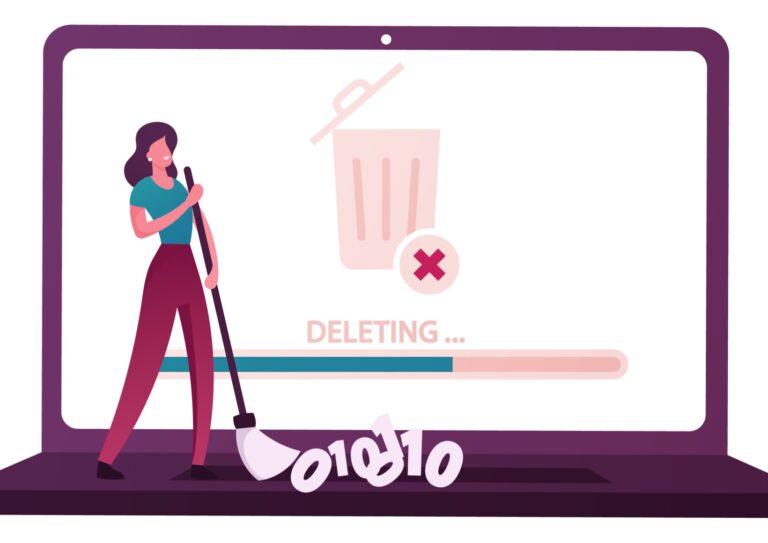Tech Bloat May Be Slowing Legal Operations
July 11, 2024

In today’s tech-centric workplace, businesses are constantly encouraged to invest in expanding their technology stacks. The appeal of new applications to resolve pain points and boost productivity, however, often leads to unintended consequences. A blog post by Mitratech’s Emily Bogin suggests one of these is tech bloat.
Tech bloat, characterized by an overabundance of disparate tools and applications, results in inefficiency, stress, and burnout among employees rather than the anticipated efficiency and effectiveness.
The phenomenon, dubbed “One-More-Solution Syndrome,” describes the tendency to add quick-fix solutions to address immediate issues without considering long-term implications. The solutions, often incompatible with existing systems, create additional layers of complexity and fail to integrate well, leading to fragmented tech stacks.
The costs of tech bloat also include redundancy, where multiple tools with overlapping functions waste resources; data silos, which isolate information and hinder comprehensive analysis; and increased complexity, which makes it difficult for employees to navigate and manage operations efficiently.
To avoid tech bloat, businesses should critically evaluate their tech needs before reaching for additional solutions. Simplifying workflows by reducing the number of applications can alleviate cognitive load and improve efficiency. For instance, 94% of enterprise professionals prefer unified automation platforms over multiple systems.
Key strategies for optimizing your organization’s tech stack include:
- Evaluating existing capabilities: Ensure current tools can interconnect and provide a comprehensive view of operations, such as reporting or legal spend management, before considering new applications.
- Focusing on Integration: Enhance workflows by integrating existing tools, for example, combining matter management platforms with communication tools.
- Optimizing current investments: Assess whether existing tools can be elevated to meet new needs, focusing on maximizing the value of current technology investments.
Rather than expanding tech stacks with new tools, businesses should prioritize integrating and optimizing existing technologies to maintain an agile, efficient, and streamlined digital ecosystem.
Critical intelligence for general counsel
Stay on top of the latest news, solutions and best practices by reading Daily Updates from Today's General Counsel.
Daily Updates
Sign up for our free daily newsletter for the latest news and business legal developments.




